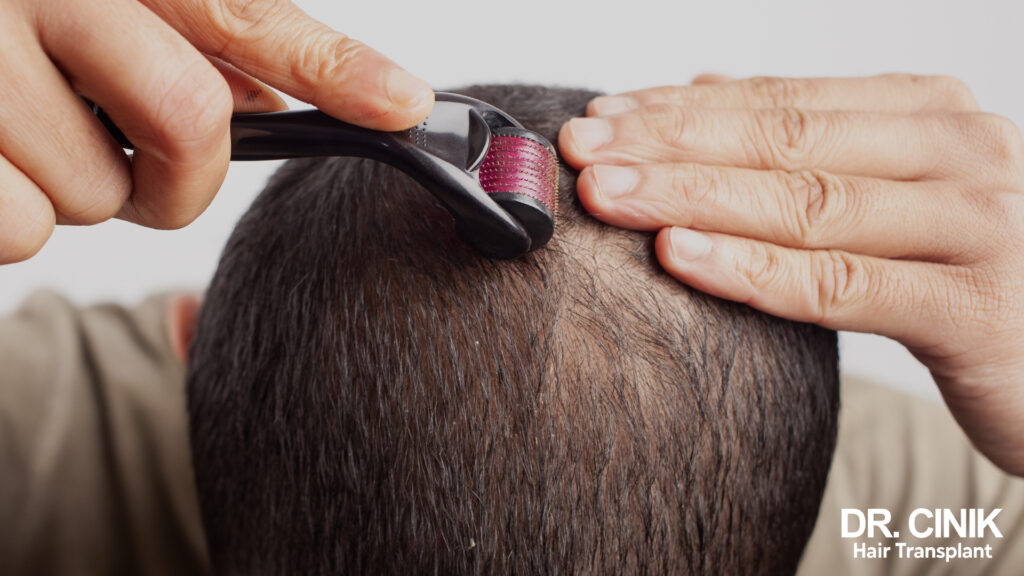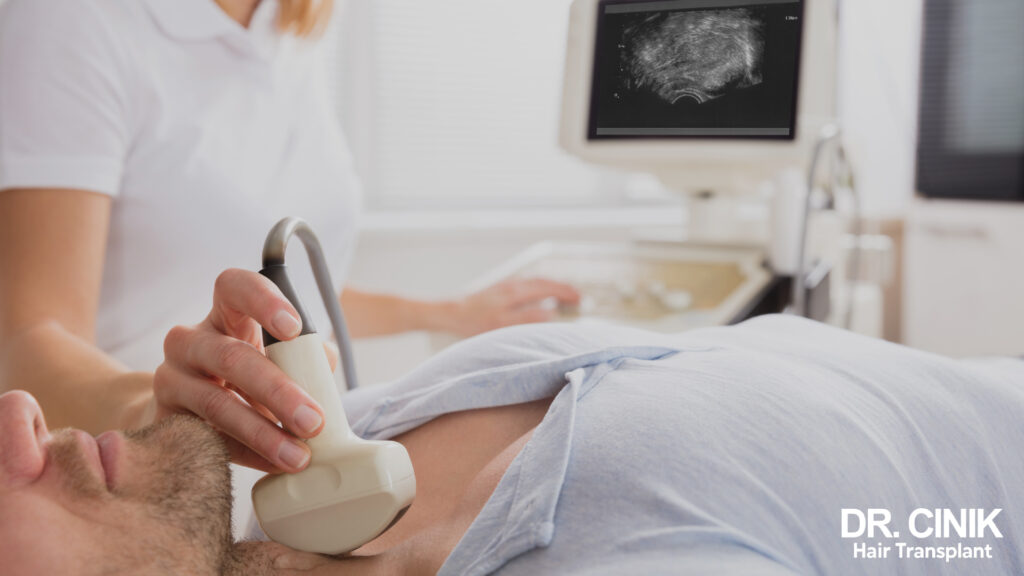Frontal Fibrosing Alopecia: Understanding and Managing This Progressive Hair Loss Condition
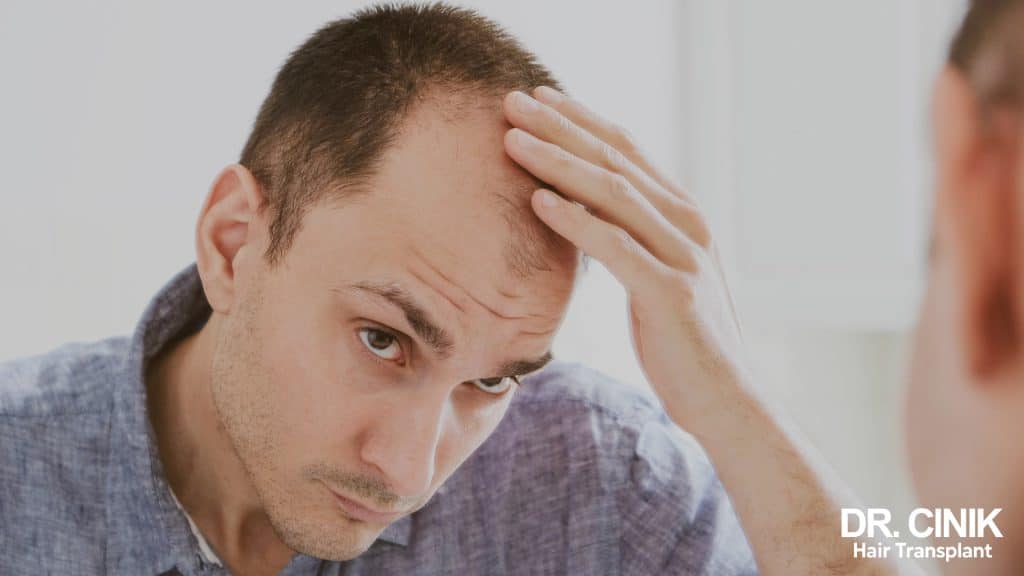
Sommaire
Frontal fibrosing alopecia is a form of progressive hair loss that can profoundly impact the mental well-being of affected individuals. Therefore, understanding its causes, identifying its symptoms, and knowing the treatments can significantly aid in preventing and managing it. This condition primarily affects post-menopausal women but can also occur in younger men and women.
Understanding Frontal Fibrosing Alopecia
Frontal fibrosing alopecia (FFA) is a variant of alopecia that results in progressive hair loss along the hairline. It is a form of scarring alopecia that causes irreversible hair follicle damage. It’s closely related to lichen planus pilaris (LPP), affecting similar demographic groups.
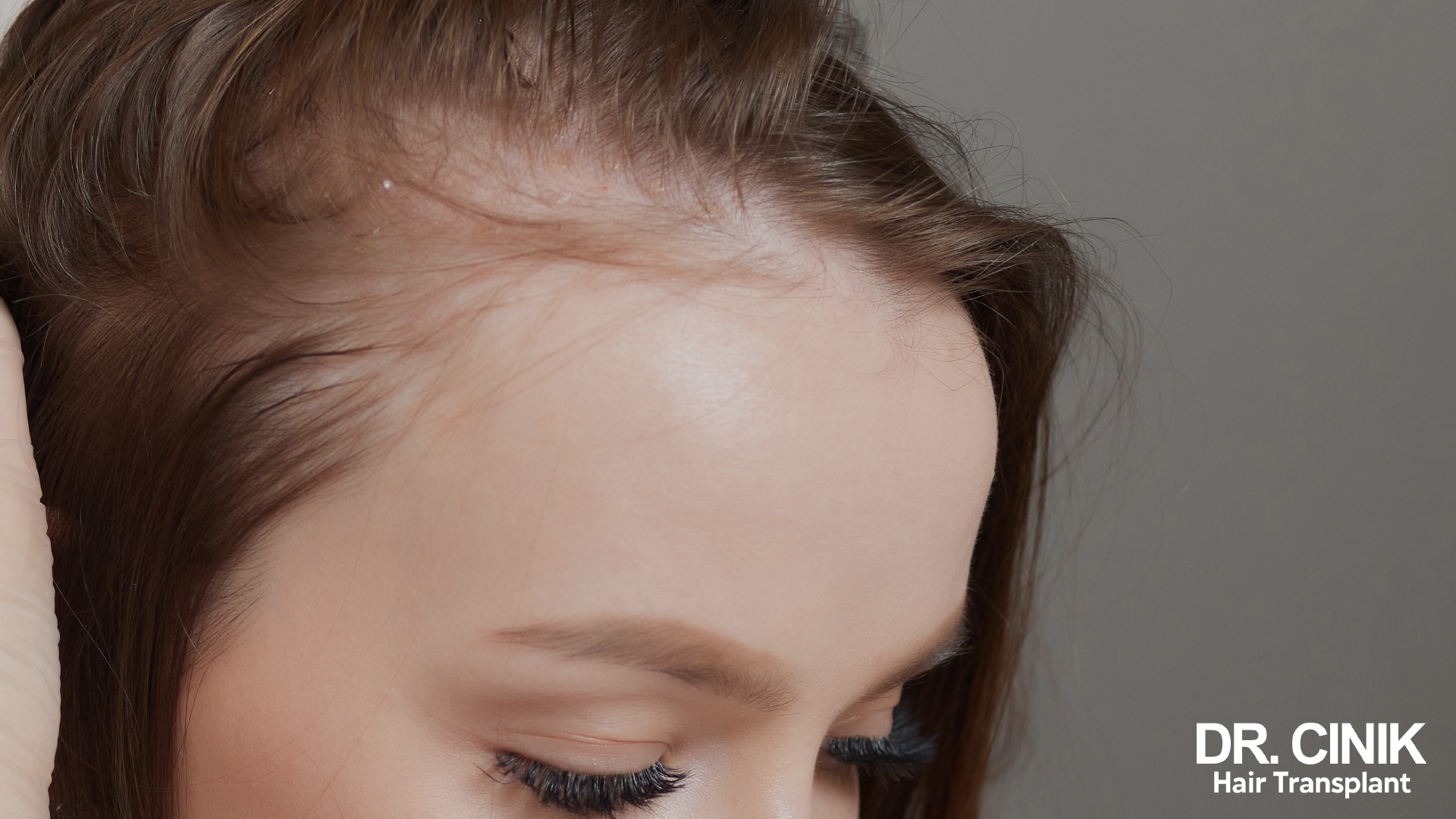
Symptoms of Frontal Fibrosing Alopecia
Hairline Recession
Initially described in 1994, frontal fibrosing alopecia presents mainly as a gradual hairline recession. This change results in a higher and broader forehead. Small scars and plaques appear in the affected area before the hairline receding, which can cause itching.
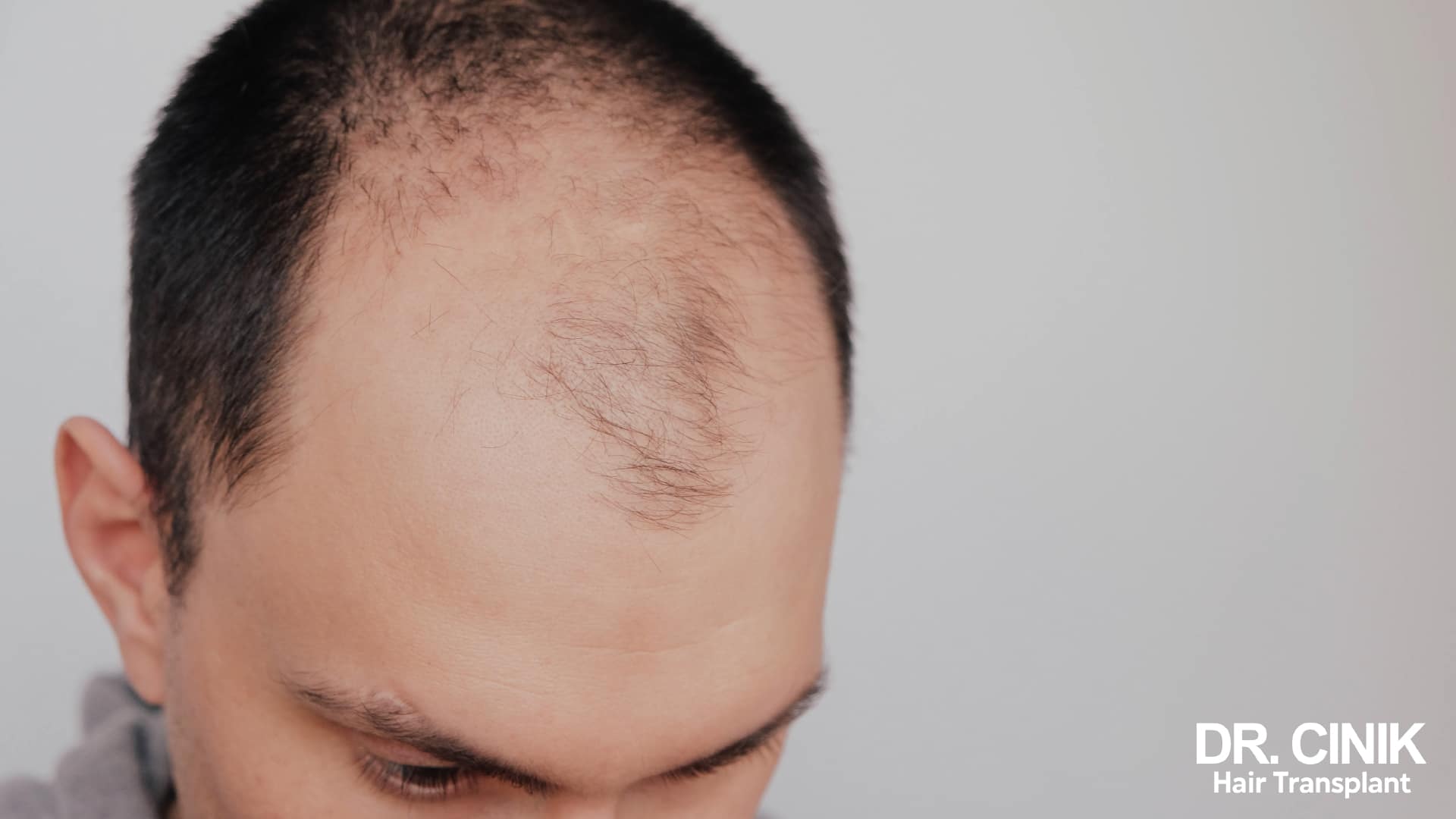
Gradual Loss of Eyebrows and Other Hairs
FFA may also lead to gradually thinning eyebrows, which can often be the first noticeable symptom. This symptom should alert individuals to seek medical attention to prevent further hair loss. FFA can also affect other body hairs, including eyelashes, underarm, or facial hair.
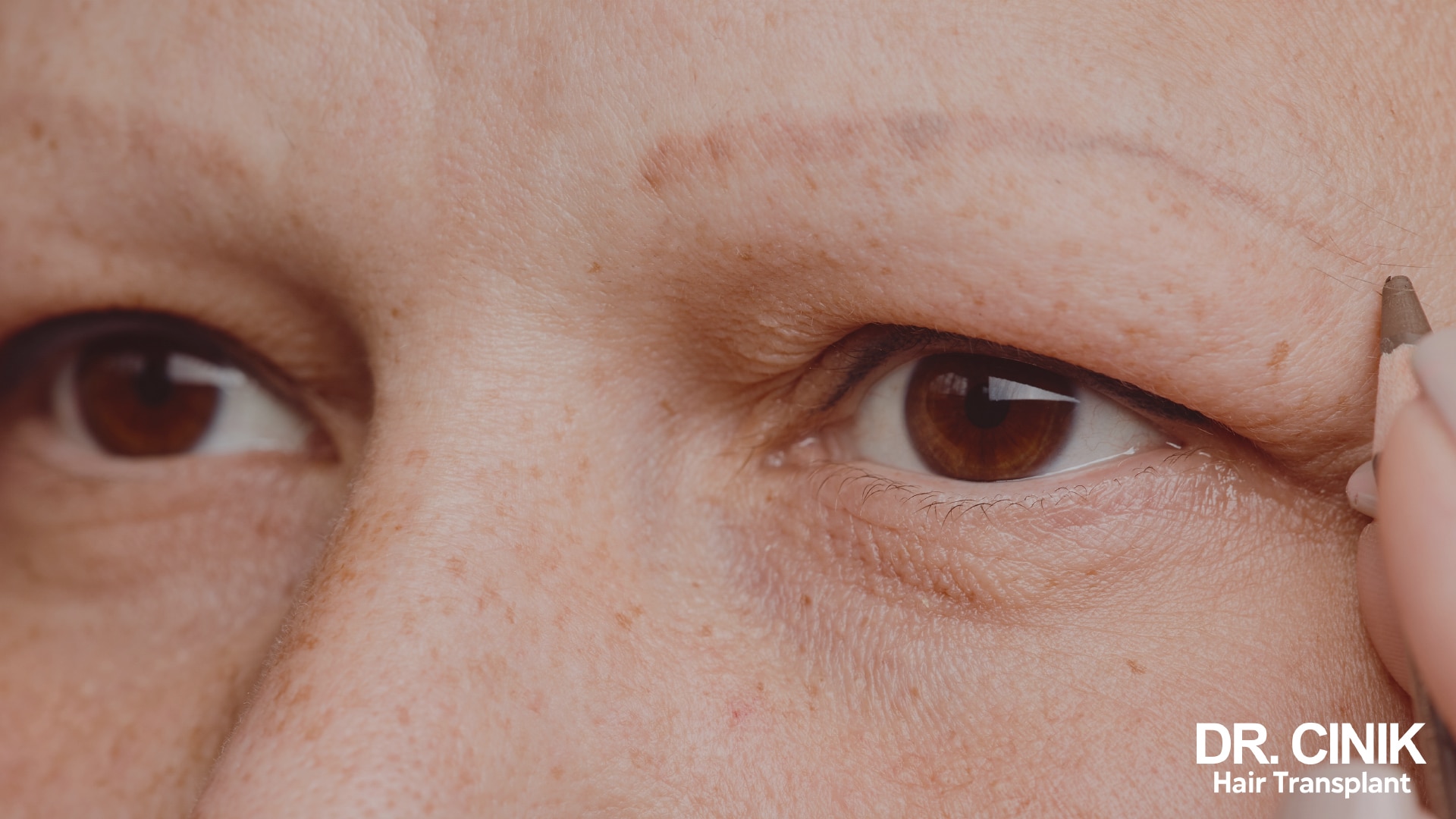
Rosacea
Some patients with FFA also develop rosacea, a chronic skin condition characterised by redness primarily on the face (forehead, nose, cheeks, and chin), alongside the dilation of small blood vessels in the face.
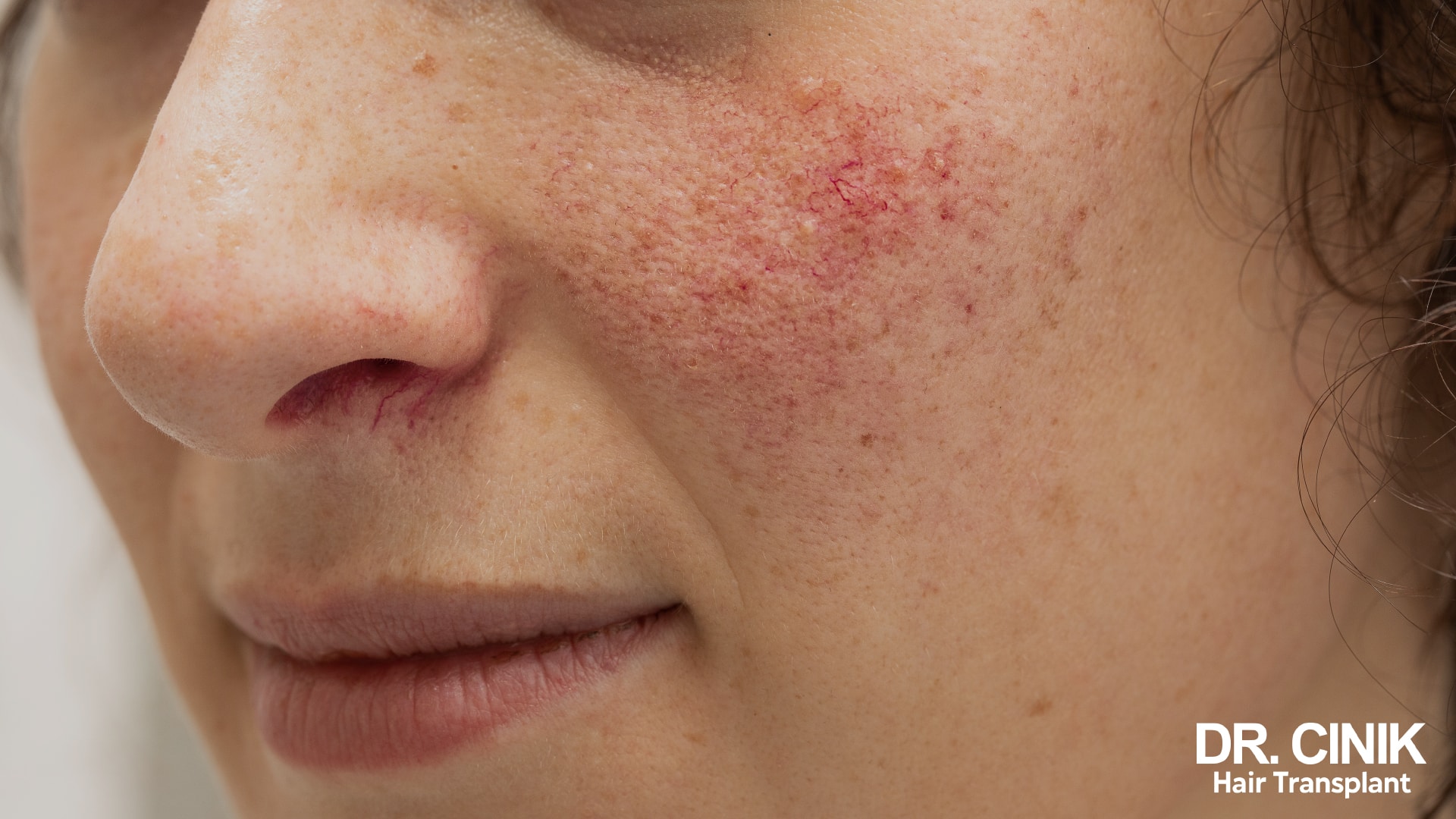
Causes and Risk Factors for Frontal Fibrosing Alopecia
While the exact causes of frontal fibrosing alopecia are still unknown and likely multifactorial, researchers have identified several potential contributing factors:
- Hormonal changes: FFA often results from hormonal fluctuations, such as during pregnancy, due to inappropriate contraception, or menopause. This could explain the higher prevalence in women.
- Genetic predisposition: FFA tends to occur more frequently within families, suggesting a genetic component.
- Environmental factors: Exposure to certain chemicals, allergens, or pesticides might contribute to the onset of this condition.
- Immune system compromise: Individuals who have experienced illness or significant stress, resulting in a weakened immune system, are at a higher risk for FFA.
- Certain medications: Some drugs, especially those used to manage cholesterol or high blood pressure, can trigger this type of alopecia.
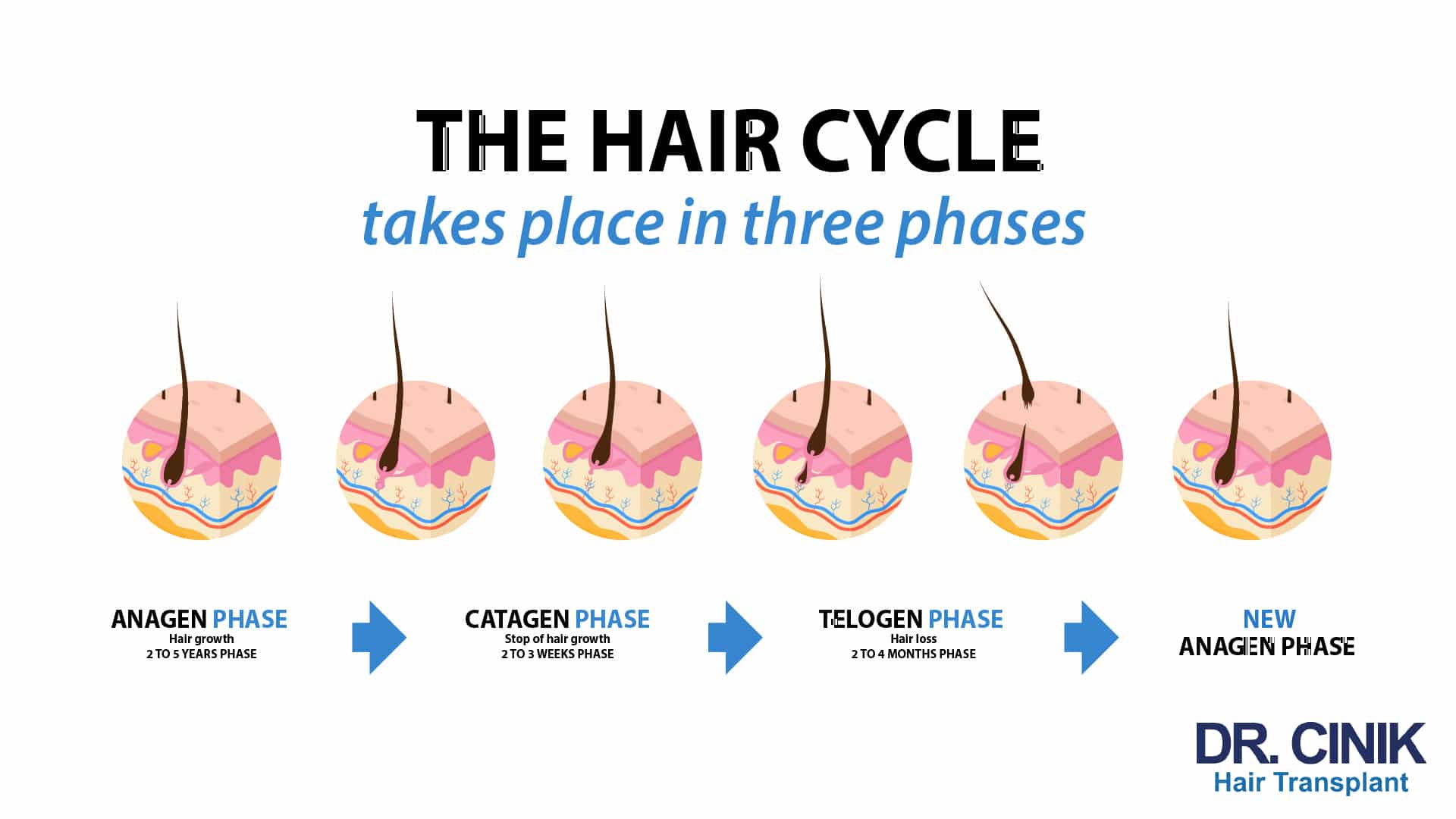
Progression of Frontal Fibrosing Alopecia
Frontal fibrosing alopecia progresses rapidly and intensifies over time. Early detection of symptoms, timely diagnosis, and appropriate treatment are key. The onset of FFA is often marked by a change in hair quality, followed by scalp irritation and hair loss during showering or brushing. The hairline can recede to cover half of the scalp, with some individuals experiencing a hairline recession of nearly two centimetres per year.
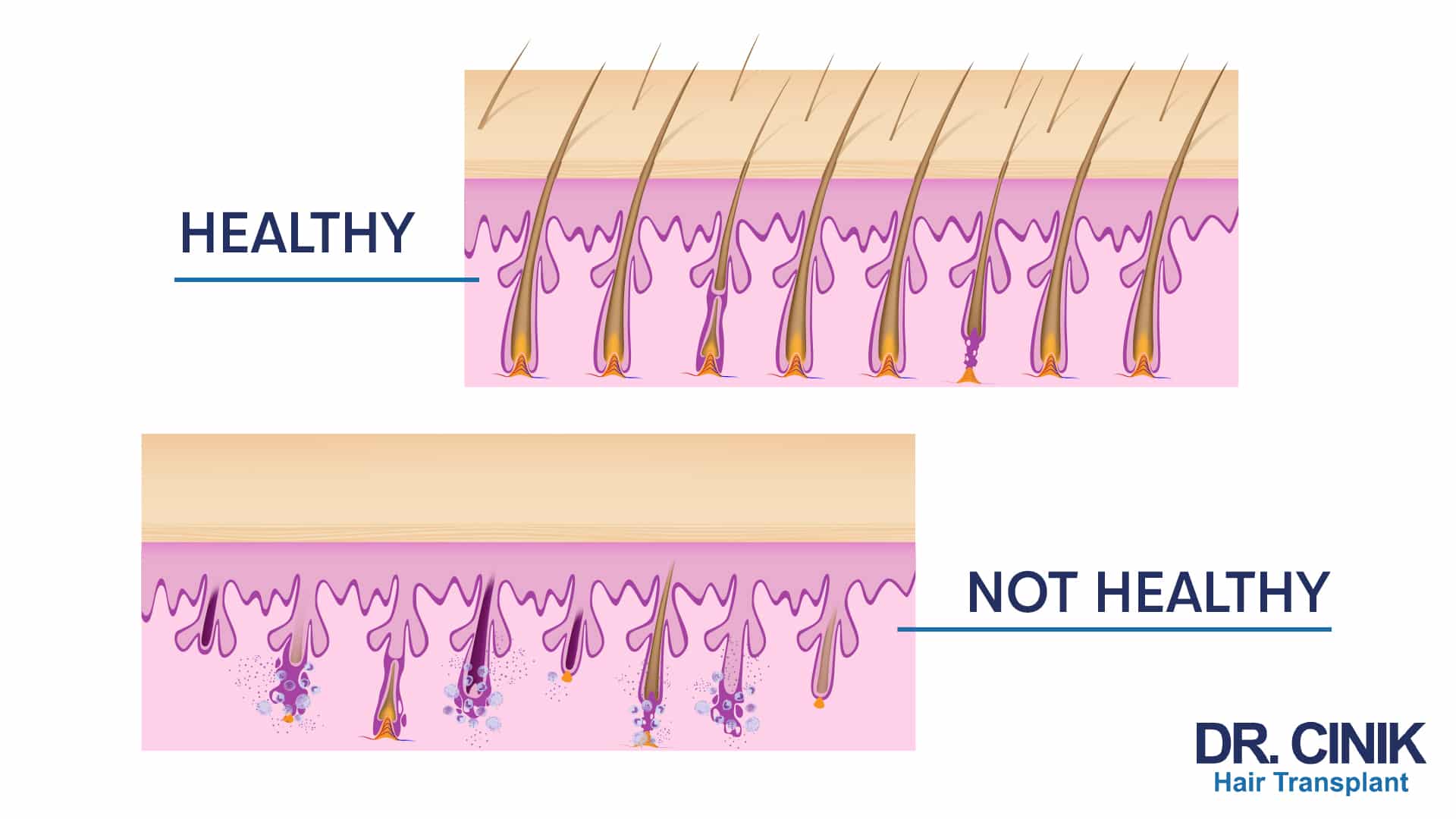
Managing Cicatricial Alopecia Resulting from Frontal Fibrosing Alopecia
Before commencing treatment for frontal fibrosing alopecia, it’s crucial to consult a dermatologist or a general practitioner for a proper diagnosis. They can assess the scalp’s condition and identify potential triggers. While FFA, being a scarring type of alopecia, does not allow regrowth of lost hair, there are strategies to slow the hair loss progression and mask the thinning, especially when diagnosed early.
Hair Medicine
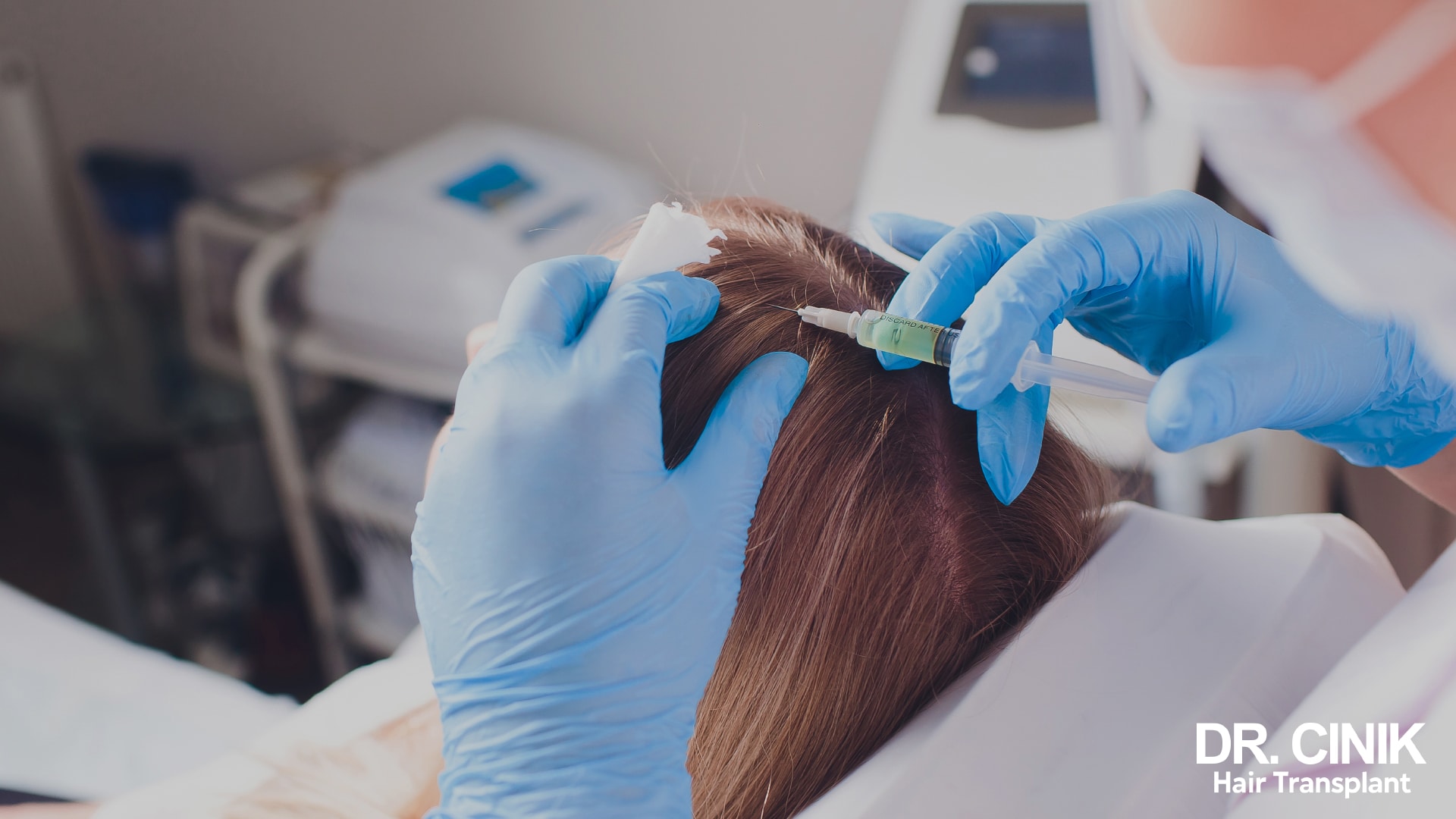
PRP Treatment
Platelet-rich plasma (PRP) treatment involves injecting platelets, extracted from the patient’s blood, into the scalp to stimulate hair follicle cells. According to several scientific studies, this method can effectively slow down hair loss.
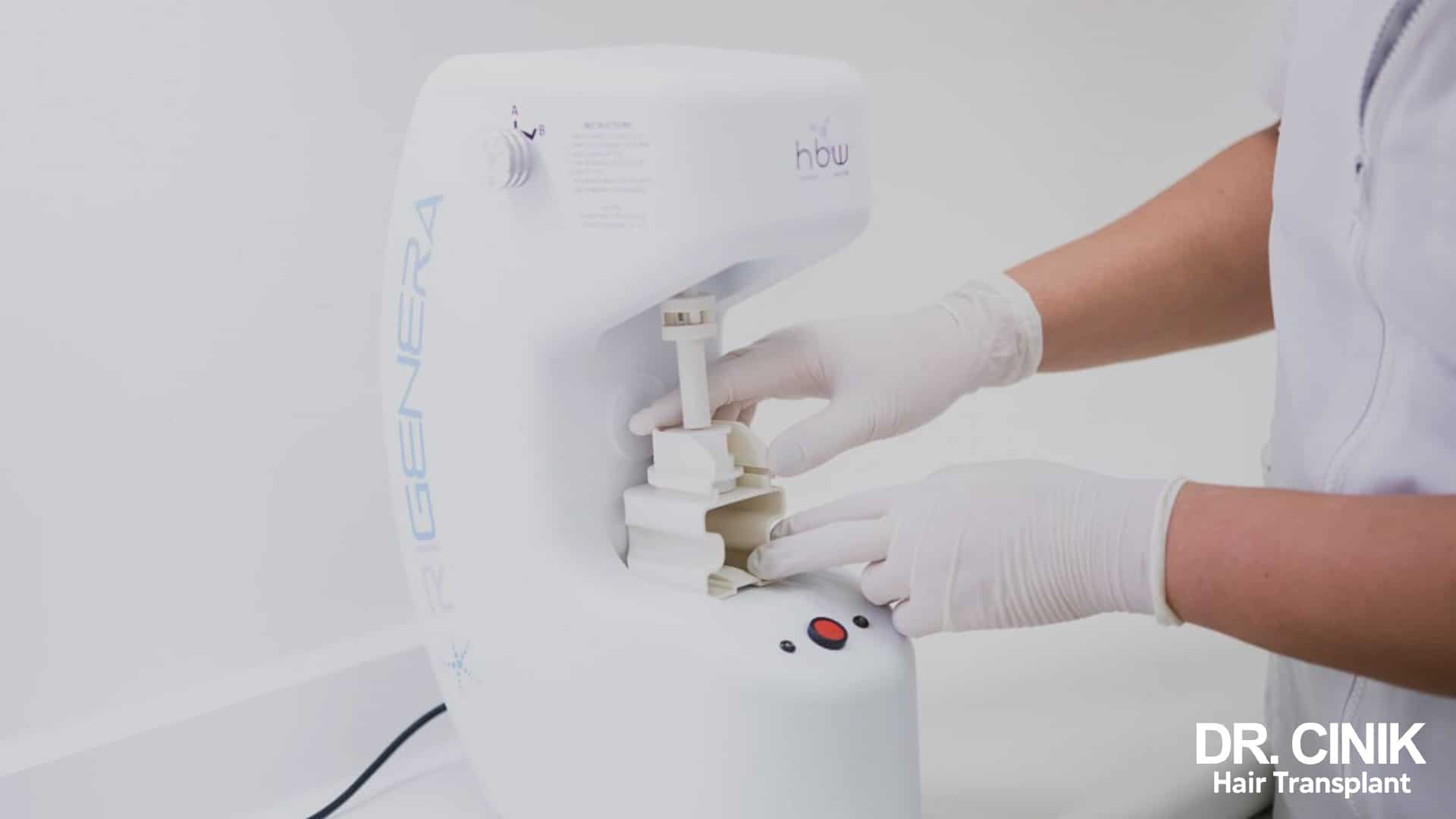
Regenera Activa Hair Mesograft
Regenera Activa hair mesograft is a technique intended to normalise hair loss and stimulate regrowth. In this procedure, mesenchymal stem cells are harvested from the patient’s scalp under local anaesthesia. They are processed and then injected into the treatment area. Annual sessions are recommended.
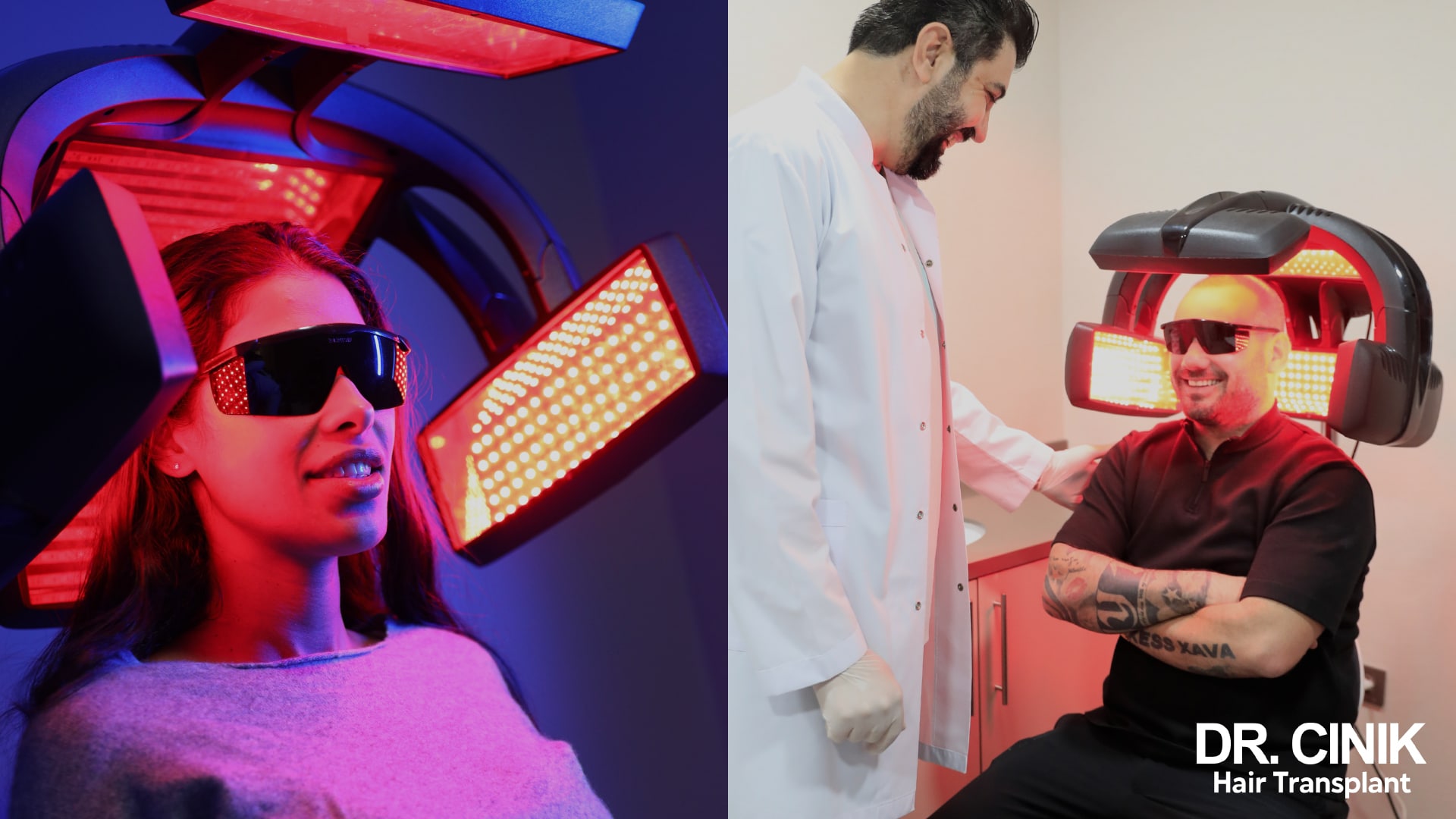
Laser Hair Treatment
Low-intensity laser hair treatment employs photobiomodulation to stimulate cellular activity in hair follicles. The energy emitted by the laser helps reduce hair loss and strengthens the hair shaft.
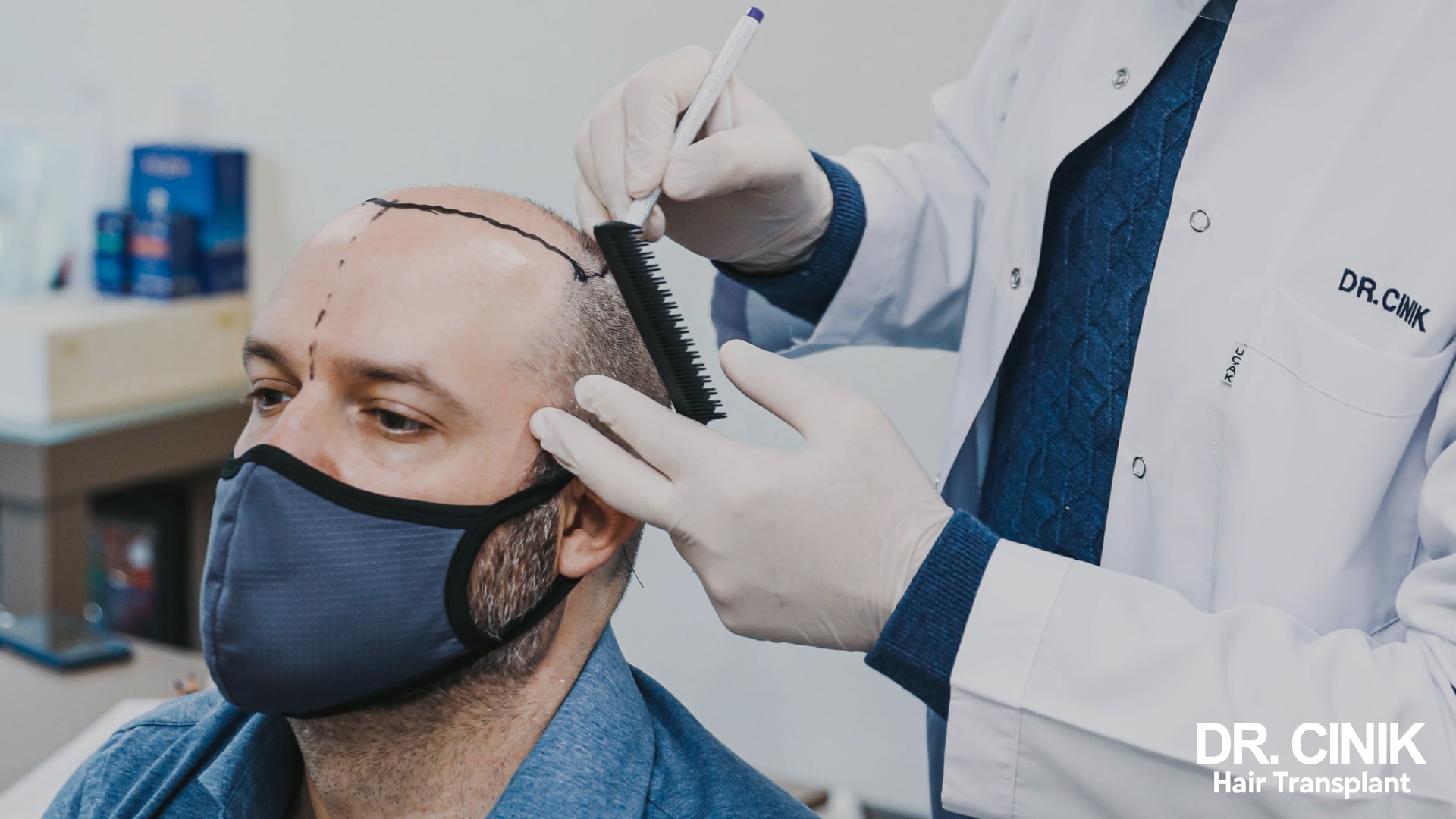
Hair Transplantation
Hair transplantation involves grafting hair from the back of the head to the areas affected by frontal fibrosing alopecia. While this procedure doesn’t promote new hair growth, it can effectively and discreetly mask hair loss. Complete regrowth of the transplanted hair typically takes approximately twelve months.
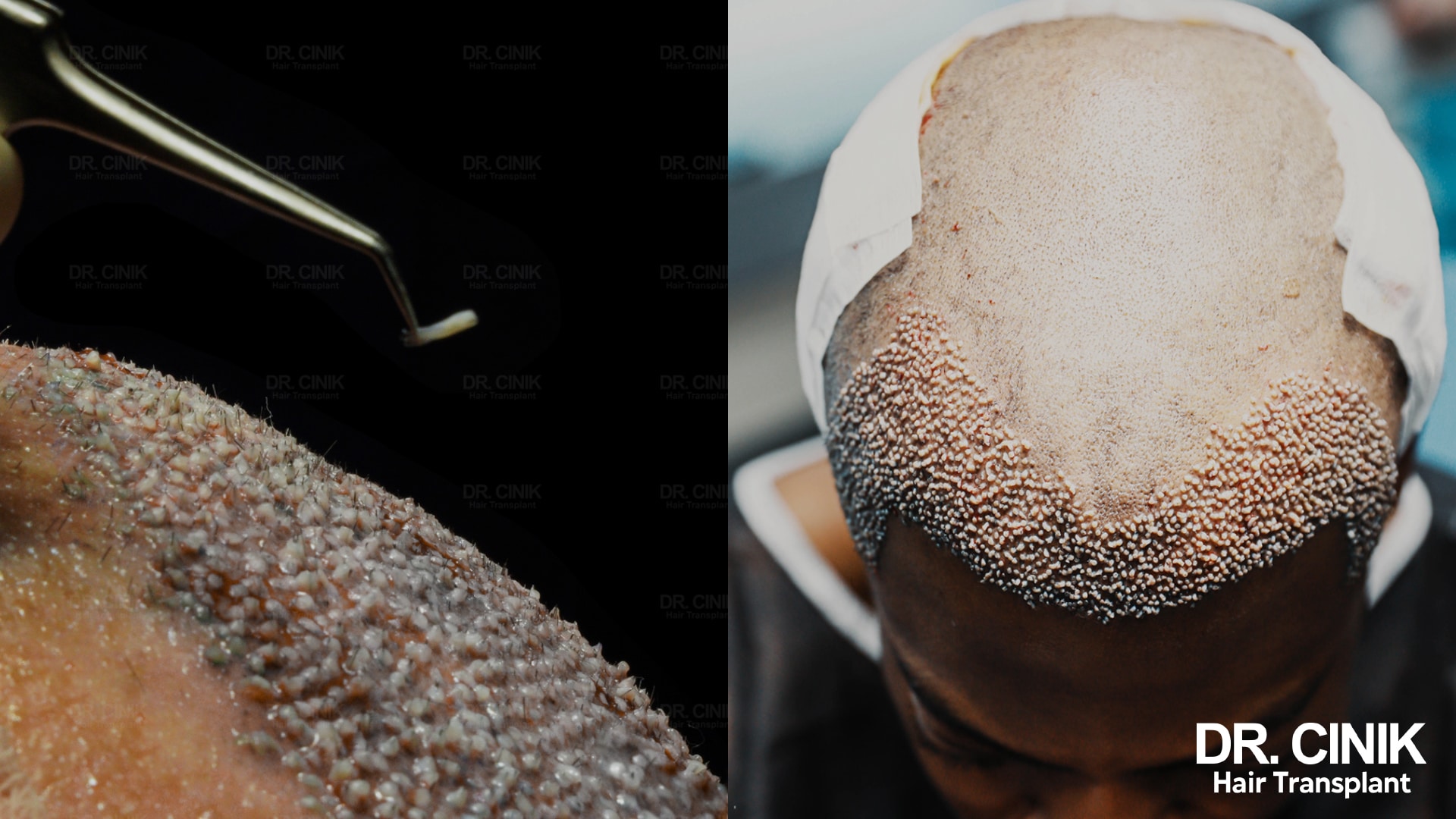
Frontal fibrosing alopecia, though predominantly seen in post-menopausal women, can be triggered by various factors. The condition’s progression varies among individuals, but treatments are available to slow down hair loss and camouflage thinning hair.
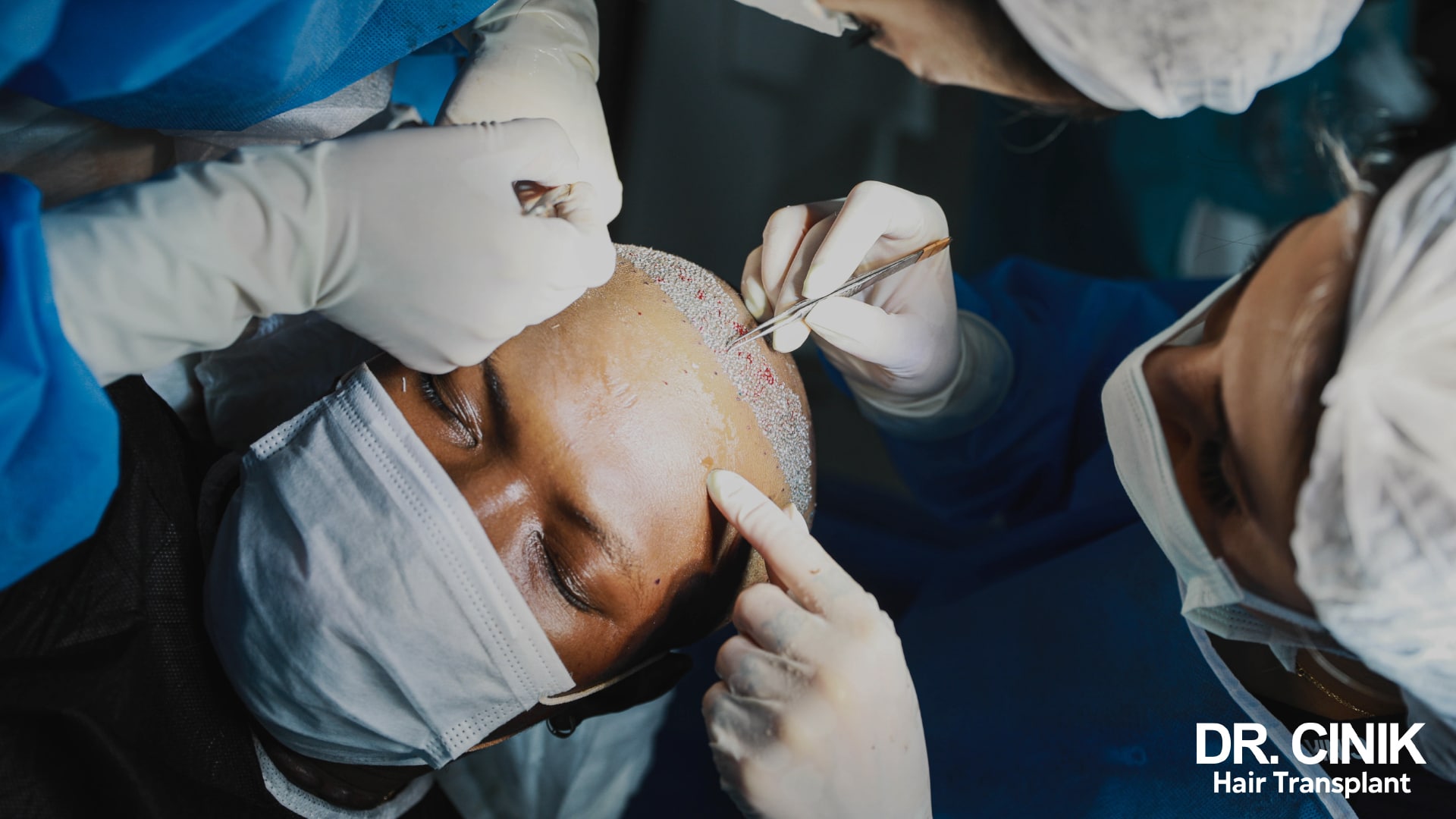
 en
en

